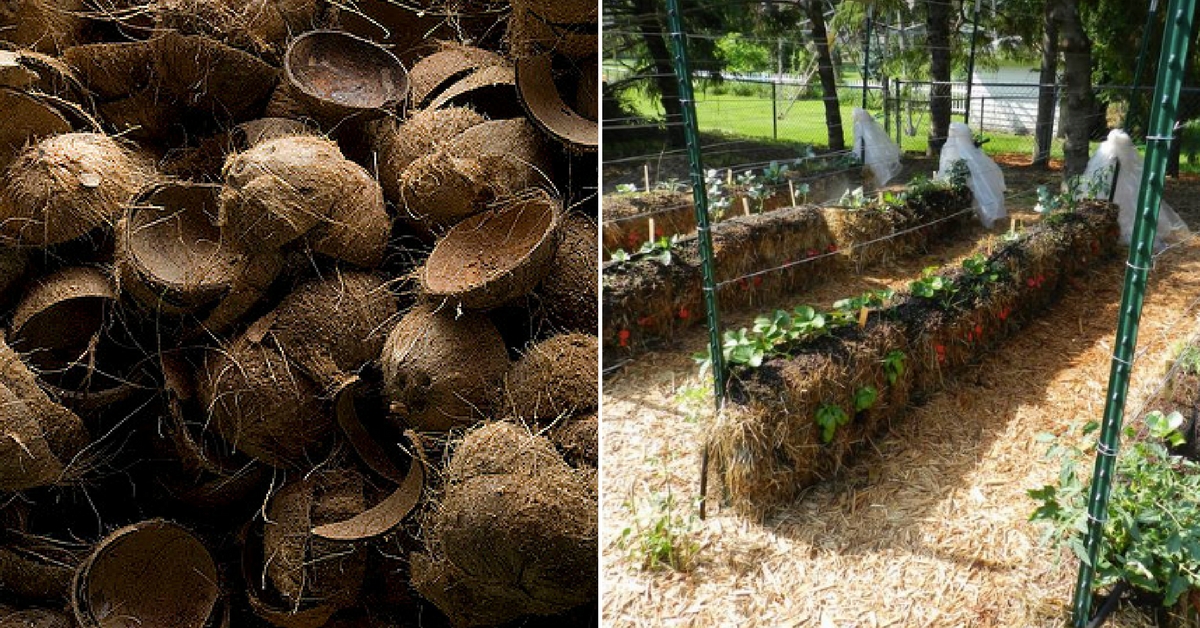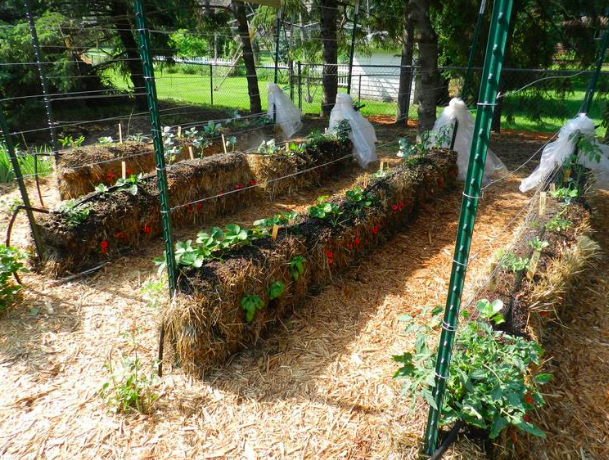Coconut Husks, Sand, and More: All You Need to Create a Soil-less Garden!
This phenomenon of gardening sans soil is being adopted by more and more people and involves using substitutes instead of soil to grow plants in a thriving environment.

It is taken for granted that we need soil to grow healthy plants! However, what if we could grow vibrant plants of all kinds, without soil? This phenomenon of gardening sans soil is being adopted by more and more people and involves using substitutes instead of soil to grow plants in a thriving environment. In fact, according to a report by The Hindu, soil can contain harmful bacteria, soil-borne disease, and even attract pests.
Soil-less gardening is an ideal solution for those who want to start a kitchen garden, but do not have access to fresh, healthy soil. It also allows us to make use of gravel, coconut husks, and more to innovate gardening like never before. It also completely removes the need for pesticides of any kind, as the mixture itself is sterile. Here is how you can make use of unconventional materials to make your own soil-less mix!
1. Pick a medium
There are all sorts of materials to choose from, for a medium. Coarse sand or gravel is typically used because they allow for aeration of the roots. Gravel also has gaps which allow for drainage. Before using these materials, it is best to wash them, to remove impurities. Perlite and vermiculite are often used as soil additives, but they can be used in any combination with other materials.
Perlite is an inorganic product, which is made from heating mica, while vermiculite is hard and porous, made by heating volcanic glass. They function to aerate.

You may also like: 5 Secrets To Creating The Most Amazing Terrace Garden – From The Father Of Terrace Gardening Himself!
Organic mediums like coconut husks, wood chips, or even rice hulls are ideal for growing. Coconut husks have a neutral pH, can retain water, and are also good for aeration. Hulls are the waste products obtained during the process of extracting rice. Once cleaned, they are useful for growing and work in a similar manner to coconut husks.
Garden compost, made from green waste, manure, and peat moss (which is a dead fibre which is highly absorbent and useful for seedlings), are all mediums that can be used to enhance a soil-less mixture organically.
Tried and tested combinations of the mediums mentioned above include a mixture of vermiculite, perlite, sand, and cocopeat; another popular blend is coconut husk with crushed seashells and even manure with peat moss!
2. Use an organic fertiliser
Since soil-less mediums are sterile, they perform best when enhanced with organic fertilisers.

Organic matter such as compost, sieved manure, ground limestone, bone meal (waste from the animal bones), leaf mould, or even neem cake (an organic matter made from neem leaves) can be used. This is essential to create a healthy environment for seeds to grow.
3. Plant and water!
Plant the seeds, just like how they would be planted in soil. Sow the seeds within your soil-less mix, in bags, pots, or in a small gardening space, and water.
During the initial stages, it is essential to observe how your mix is doing. Because every blend is made in different combinations, it is crucial to see if the new medium retains water. If there is too much drainage, add more organic fertiliser, and if there is too much water, add a little sand or vermiculite.
These three simple steps are a different way of bringing gardening to an urban space.
Much of what is required to make your own soil-less medium exists within the waste generated in the kitchen.

All you have to do is put it to good use!
Soil-less gardening isn’t just limited to creating your own mixes. Hydroponics, or the process of growing plants in water solution, is also another unusual way to bring gardening to smaller spaces! You can learn more about it here.
Like this story? Or have something to share?
Write to us: [email protected]
Connect with us on Facebook and Twitter.
NEW: Click here to get positive news on WhatsApp!
If you found our stories insightful, informative, or even just enjoyable, we invite you to consider making a voluntary payment to support the work we do at The Better India. Your contribution helps us continue producing quality content that educates, inspires, and drives positive change.
Choose one of the payment options below for your contribution-
By paying for the stories you value, you directly contribute to sustaining our efforts focused on making a difference in the world. Together, let's ensure that impactful stories continue to be told and shared, enriching lives and communities alike.
Thank you for your support. Here are some frequently asked questions you might find helpful to know why you are contributing?


This story made me
-
97
-
121
-
89
-
167














